Disclosure: Some articles on this site may contain affiliate links, meaning, at non additional cost to you, Chicago Urban Pets may earn a commission if you click through and make a purchase. As an Amazon Associate we earn from qualifying purchases.
If your dog seems to inhale food like it’s vanishing treasure, you’re not alone. Fast eating in dogs can lead to bloat, vomiting, and other digestive issues that leave you—and your pup—stressed. But here’s the good news: you don’t need pricey products to help your pup slow down eating. This DIY slow feed dog bowl guide is packed with budget-friendly ideas that are quick to try, fun to use, and can bring real benefits to your dog’s mealtime. Whether you live in a small apartment or simply want to avoid buying yet another pet gadget, these clever tricks are enrichment-focused and beginner-approved.
Are you a DIY enthusiast? Check out our other post on DIY thrifty dog crate table cover ideas you’ll love
Why Dogs Eat So Fast
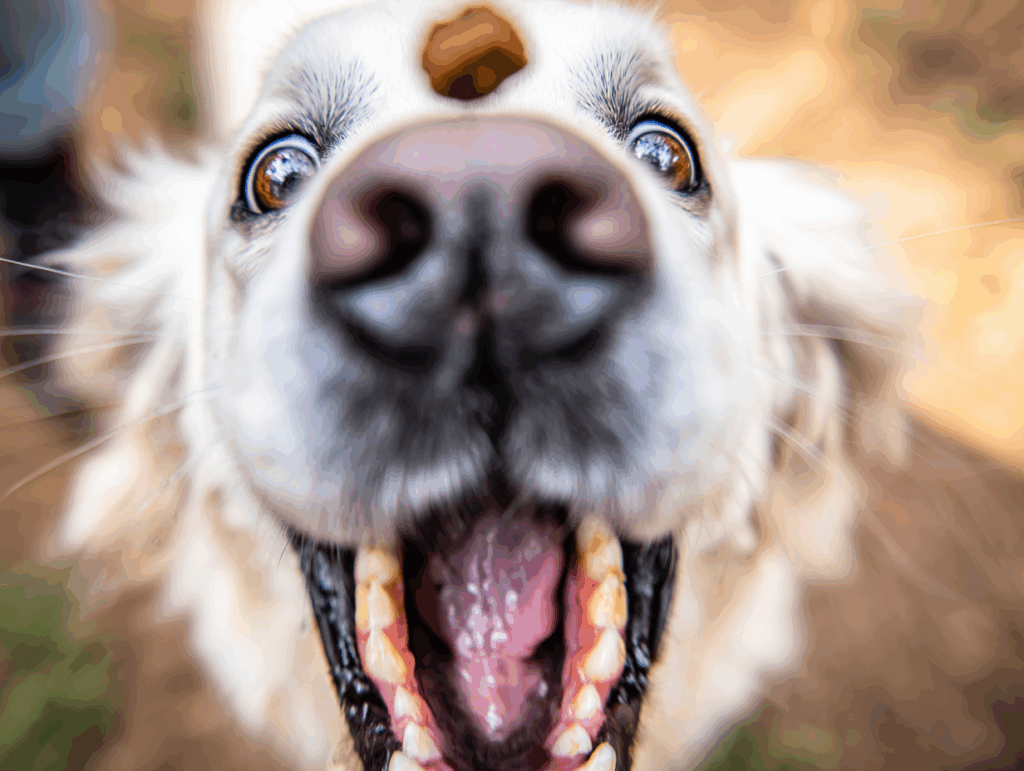
Understanding why dogs eat quickly is the first step to solving the problem. Some dogs develop resource guarding habits early—often from competition with littermates or from dealing with food aggression in a previous home. Others may eat out of anxiety, especially rescues or dogs who’ve experienced food scarcity. Certain breeds like Labradors, Beagles, and Boxers are known for gobbling their meals without hesitation. Unfortunately, this behavior can become habit if not addressed early. Fast eating doesn’t just make a mess—it can lead to serious health issues. That’s why using a DIY slow feed dog bowl is one of the best ways to retrain mealtime behavior before it turns risky.
Risks of Fast Eating in Dogs
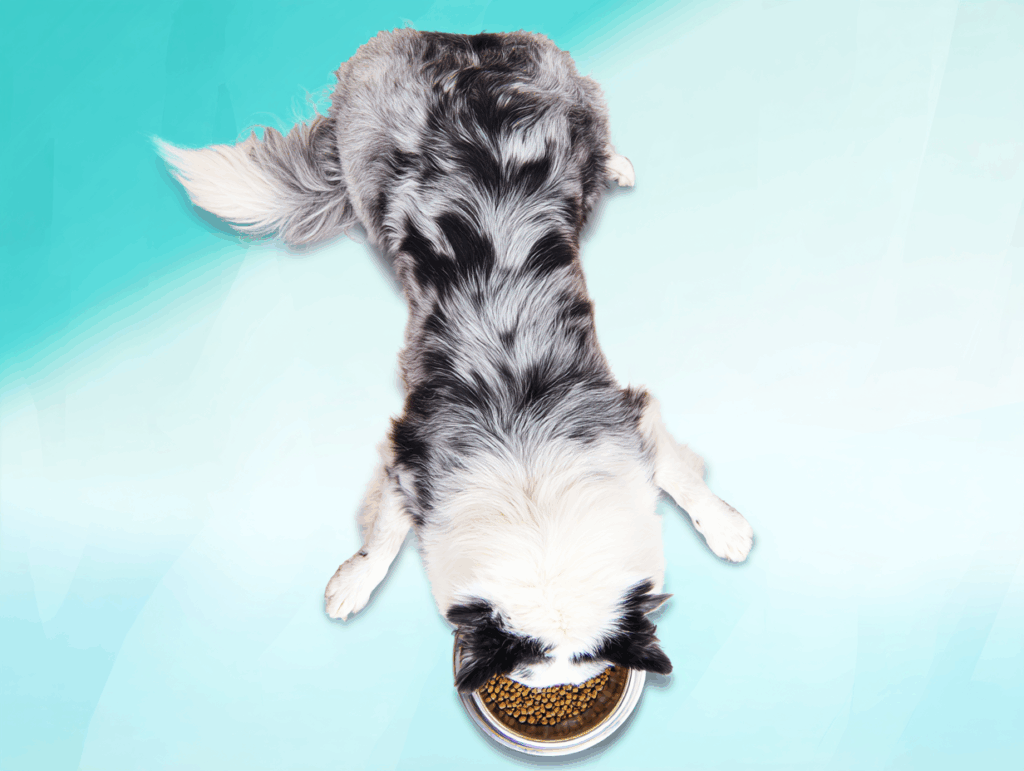
Letting your pup inhale meals at lightning speed? It’s more dangerous than it seems. Below are a few reasons why you want to avoid your fast eating:
Choking and Gagging
Especially in small dogs or breeds with short muzzles, gulping food increases the risk of choking. Slow feeders help regulate bite size.
Vomiting or Regurgitation
When food isn’t properly chewed, dogs may vomit or regurgitate right after eating. Slower meals help reduce stomach upset.
Bloat Risk
Fast eating increases the risk of life-threatening bloat, particularly in large breeds. Using puzzle feeders or DIY tools can mitigate this.
Poor Nutrient Absorption
Speed eating can compromise digestion and lead to inefficient nutrient uptake. Slower feeding equals better digestion.
Benefits of Slowing Down Mealtime
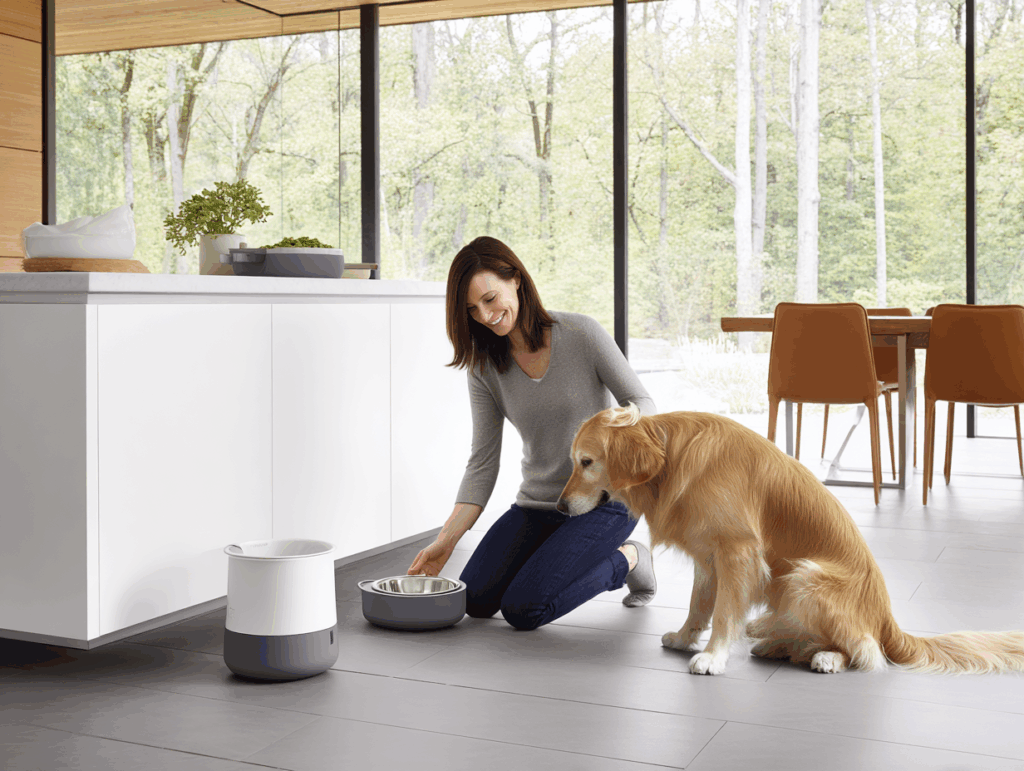
Slower meals offer more than just safety—they’re a path to better health and happiness.
Mental Stimulation
Slower eating turns mealtime into a thinking challenge for your pup, especially when using an interactive feeder that encourages sniffing, pawing, or problem-solving. DIY puzzle feeders also double as enrichment ideas that keep your dog mentally and physically engaged between walks.
Learn more about dog enrichment here.
Reduced Anxiety
Interactive feeding can help calm anxious eaters and reduce food-guarding behaviors, especially for rescued pets.
Longer Mealtime
Slowing your dog down naturally stretches meal duration and increases overall satisfaction.
Better Digestion
Chewing and slower consumption improve digestion, helping reduce tummy issues and gas. Whether you’re switching from a regular bowl or trying your first slow feeder dog bowl, these DIY methods offer a great way to improve digestion without spending much.
DIY Slow Feed Dog Bowl Ideas

Creative ways to help your pup eat at a healthier pace—no tools required.
1. Muffin Tin Method
Drop a few pieces of kibble in each muffin slot. The separate compartments create a built-in puzzle, encouraging your dog to work harder for each bite.
2. Bowl-in-Bowl Hack
Place a smaller bowl upside down inside your dog’s food dish as a bowl insert. Your dog will have to eat around the obstruction, slowing their pace. This hack is a great way to upcycle kitchen items into a slow feeder dog bowl, offering a quick solution if you’re not ready to invest in a commercial one.
3. Tennis Ball Trick
Drop one or two clean tennis balls into your dog’s bowl. The ball shifts as they eat, creating a slow-down challenge.
4. Ice Cube Tray
Use a ice cube tray as a slow feeder. The small, narrow compartments make it harder for your dog to grab food quickly, forcing them to eat piece by piece and slow down naturally.
5. Rolled Towel Tunnel
Roll a small towel and tuck kibble along the folds. Let your dog unroll it to find the food.
6. Silicone Baking Mat
Spread food on a flexible mat. The textured surface adds difficulty and meal-time stimulation.
7. Egg Carton Trick
Repurpose a clean egg carton—drop food in the compartments. Bonus: it’s recyclable!
8. Cookie-Cutter Obstacle
Place metal or silicone cookie cutters in the bowl and scatter food around them. Your dog must eat around the shapes.
9. Puzzle Jar Feeder
Fill a clear plastic jar with a few holes poked in it. Your pup will roll it to get the kibble out.
10. Paper Towel Roll Dispenser
Fold kibble into a clean paper towel roll and watch your dog bat and chew to release the reward.
11. Snuffle Towel
Scatter kibble in a towel and scrunch it up. Your dog will have to sniff and dig for their food, tapping into natural foraging instincts. Similar to a snuffle mat, this method encourages natural foraging behavior, making mealtime more stimulating and less rushed for your fast eater.
12. Laundry Basket Snuffle Cave
Turn a laundry basket on its side, fill it with loosely folded towels, and sprinkle kibble throughout. Your dog will enjoy sniffing and digging through the soft layers to find each piece. This method turns an everyday item into an interactive feeder and provides a cozy, puzzle-like challenge.
13. Lick Mat with Food
Spread wet food or softened kibble onto a lick mat to make them take their time and reduce anxiety.
14. Upside Down Planter Tray
Place food in the grooves and ridges of an upside-down seedling tray. Each bite becomes a mini challenge.
15. Shoe Organizer Hack
Use a hanging shoe organizer and add kibble in each pocket for vertical feeding fun.
16. Treat-Stuffed Toilet Paper Rolls
Fold ends of empty rolls with treats inside—a free and engaging slow feeder that encourages problem solving.
17. Inverted Bundt Pan
Add kibble around the center mound of a bundt pan. The shape forces slower eating and is perfect for dry food.
18. Food Toss Game
Turn mealtime into an interactive game by tossing pieces of kibble one at a time around the room. Your dog will burn off energy as they chase down each bite, naturally slowing the pace of their meal.
19. Window Sill Scatter
Scatter food on a window ledge or narrow surface (safe height) to encourage slower pacing and mindful placement.
20. Ice Mold Game
Pour kibble or broth into silicone molds, freeze, and give as slow-release treats to extend snack time.
Tips for Safe and Successful Use
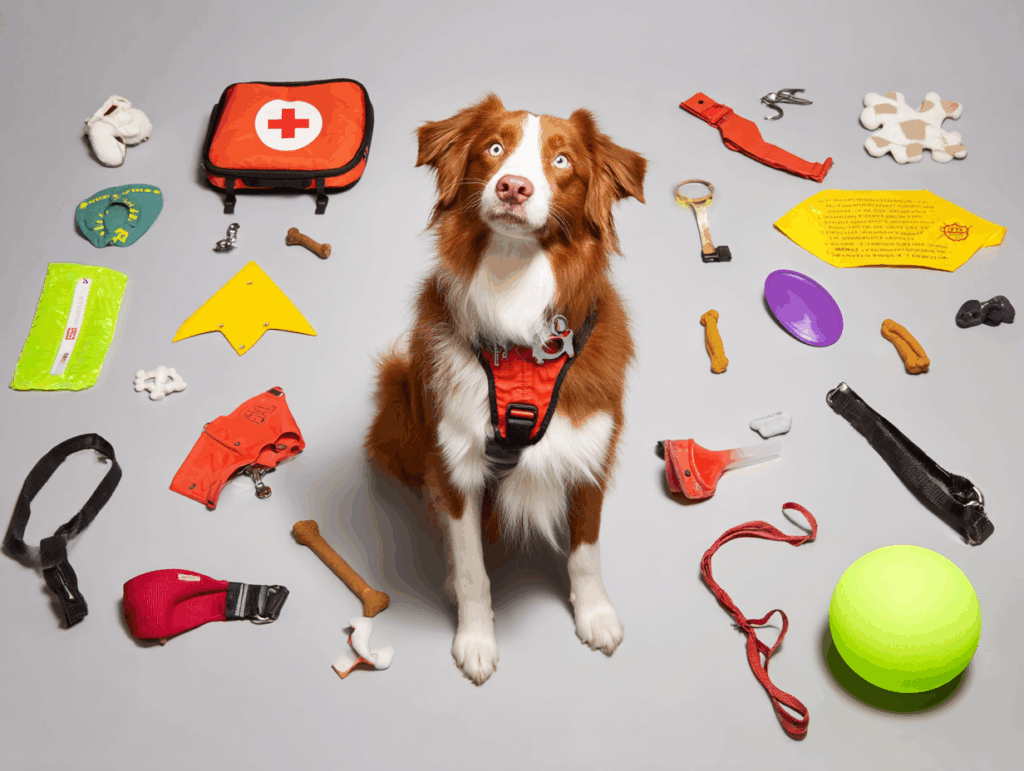
Supervision Is Key
Always supervise new slow feeder setups to avoid chewing or frustration, especially if you’re using household items.
Clean Regularly
Clean thoroughly to prevent bacteria buildup from food residue and slobber.
Rotate for Variety
Rotate between these DIY ideas to keep mealtime mentally stimulating and reduce boredom. Switching up techniques not only keeps your pup curious but also supports consistent kibble slow down by preventing them from memorizing patterns too quickly. Rotating between items like a snuffle mat, plastic bowl, or muffin tin adds variety and makes every meal time engaging.
When to Try a Commercial Slow Feeder
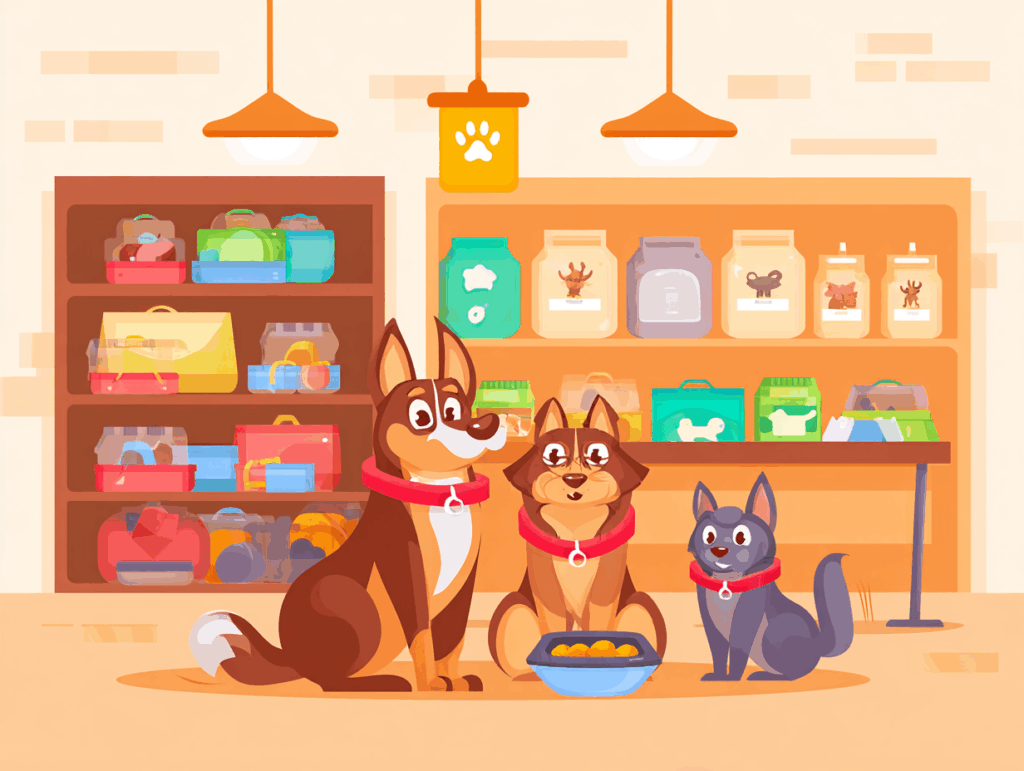
? Why Upgrade?
Sometimes, DIY feeding bowls aren’t enough—especially if your dog is large, persistent, or overly clever. In that case, a commercial option might be more durable.
Look for affordable options like:
- Plastic or silicone puzzle feeders
- Suction interactive dog bowls
- Bowl dividers
They’re great for ongoing use and can pair well with your DIY methods.
FAQ: DIY Slow Feed Dog Bowl Questions
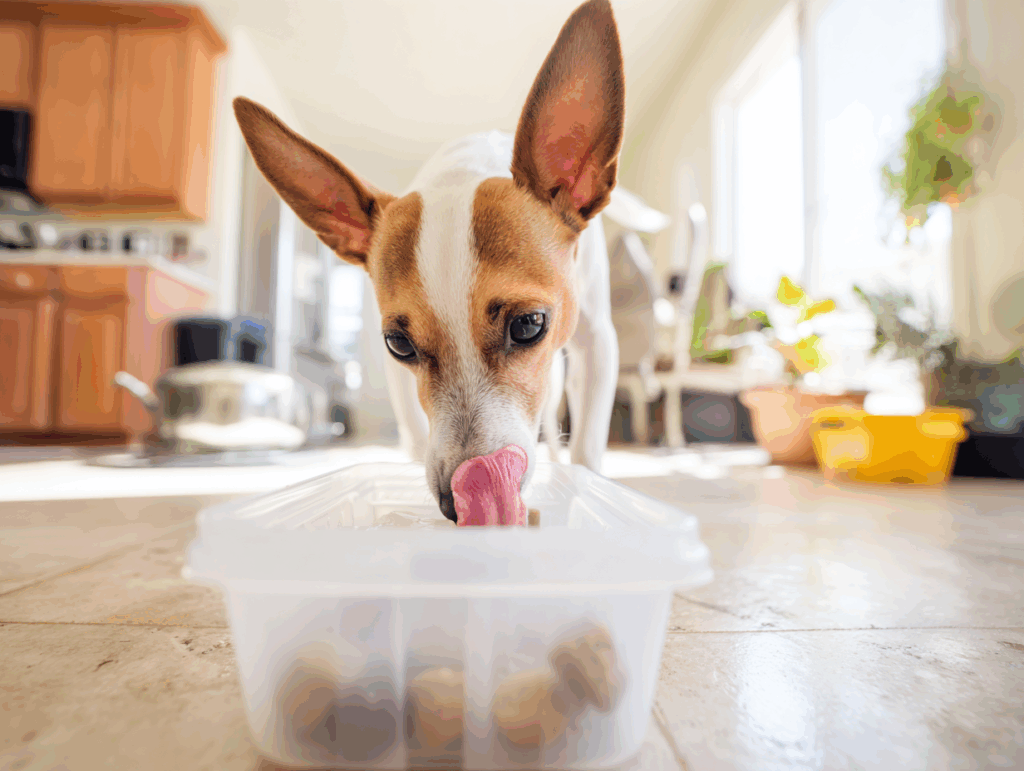
1. Why is my dog eating so fast?
Many dogs eat fast due to anxiety, past food insecurity, or competition with other animals. It’s often instinctual, especially for certain breeds.
2. What’s the risk of letting my dog eat too quickly?
Choking, vomiting, poor digestion, and even bloat are common risks associated with fast eating.
3. Are DIY slow feeders really effective?
Yes! Many pet owners find DIY feeders just as effective as store-bought versions when used consistently.
4. Can I use a snuffle mat instead of a bowl?
Absolutely! Snuffle mats are great for mental stimulation and slowing down mealtime.
5. How often should I rotate my DIY feeders?
Every few days or weekly is ideal to keep your pup engaged and prevent boredom.
6. Are slow feeders suitable for small breeds?
Yes—just make sure the design is safe for your dog’s size and muzzle type.
7. Can I use these ideas with wet food?
Some methods work better than others. Try a lick mat or frozen molds for wet food.
8. Do I need to supervise my dog while they use a DIY feeder?
Always supervise at first to ensure they’re not chewing or swallowing parts.
9. How do I clean DIY feeders?
Use mild soap and hot water, and dry thoroughly. Replace cardboard-based feeders frequently.
10. What’s the best beginner DIY idea?
The muffin tin method is one of the easiest and most effective for first-timers.
Wrapping It Up: Slower Eating = Happier Pup

Helping your dog eat slower doesn’t have to be complicated or expensive. With a bit of creativity and a few everyday items, you can turn mealtime into a fun, engaging experience that supports better digestion, reduces anxiety, and brings enrichment into your dog’s daily routine. Whether you try a muffin tin, a towel tunnel, or a DIY snuffle cave, each idea is a small step toward healthier habits. Give one a try today—and if you invent your own clever slow feeder hack, tag us so we can cheer you (and your pup) on!

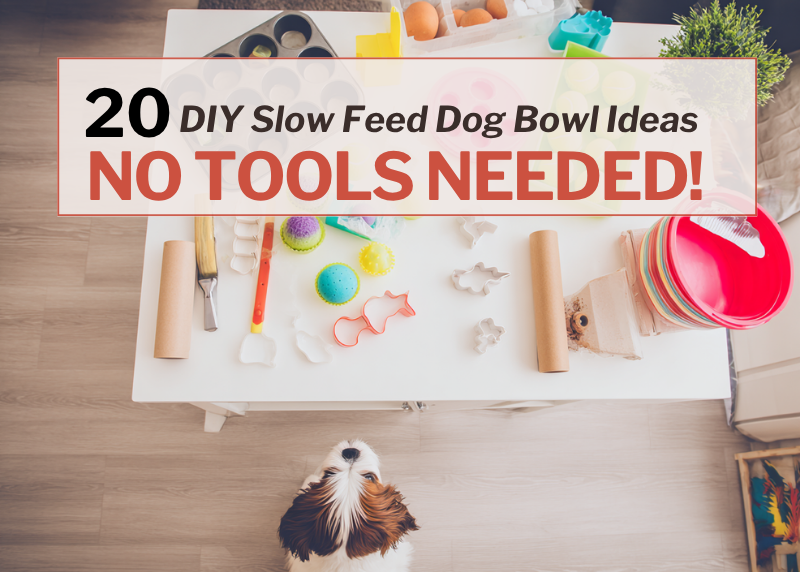
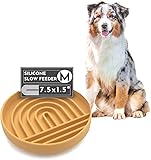
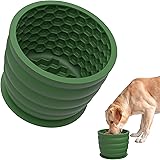
![Slow Feeder Dog Bowls Insert [Octopus Suction Cups] Super Firm Slow Eating Dog Bowl...](https://m.media-amazon.com/images/I/61Y1CzvQxVL._AC_SL1500_._SL160_.jpg)